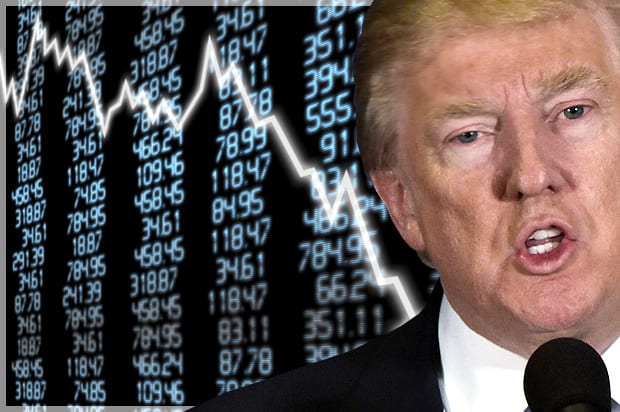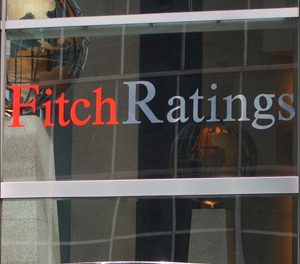Higher deficits won’t turn us into Greece or reduce economic growth. The GOP tax-reform plan is under heavy scrutiny from critics who are wary about the implications of increasing the budget deficit.
These critics routinely cite two reasons for their concerns: that it could put the U.S. on a catastrophic path similar to Greece’s during the European sovereign-debt crisis, and that we would risk harming the future rate of economic growth. These arguments certainly bear consideration, but increasing the budget deficit is unlikely to be as disastrous as critics claim. In fact, given the dismal state of investment in the U.S. economy, it might be exactly what we need. The euro zone’s 2012 debt crisis was a result of the unique circumstances of a unified monetary regime over separate fiscal regimes.
The European Central Bank (ECB) was responsible for determining core interest rates, while the individual governments in, for example, Germany and Greece were responsible for funding their national debts. As the global financial crisis reverberated across the world, Greece’s residential-property market was destroyed. Germany, with its high percentage of renters, emerged relatively unscathed. If Greece had had its own central bank, it would have responded with massive easing — that is, printing money and using it to buy government bonds. This would have pushed down interest rates and allowed Greece to finance its debt. Greece’s monetary policy, however, was controlled by the ECB.
The ECB held rates steady and declined to make any large-scale purchases of sovereign debt, citing, among other things, the risks of inflation rising in Germany. Investors panicked and began dumping Greek bonds, making it difficult to for Greece to finance its debt. The Greek government was forced to cut spending, creating a vicious cycle. Lower government spending further depressed the Greek economy and sparked panic among investors, eventually rendering it impossible for Greece to finance its debt.
For countries that have their own central bank and issue bonds in their own currency, this type of cycle is essentially impossible. It would require a central bank to refuse to stimulate its economy and buy its own government’s bonds even as that economy is collapsing. Far more likely is what happened in Japan after its 1989 asset-bubble crisis. The central bank had to purchase massive quantities of government debt simply to prevent deflation from setting in. The challenge for Japan has been providing enough monetary stimulus, not being unable to pay off the debt. For the U.S., the difficulty of staving off deflation in such a scenario is exacerbated by the important role the dollar plays in the international financial system.
In the midst of a crisis, the U.S. dollar is the asset that investors want to be running to. Indeed, though the global financial crisis began in the U.S., the dollar rose sharply as the crisis unfolded. For these reasons, we should be skeptical that the U.S. is in danger of experiencing what happened to Greece. The second fear is that “crowding out” would cause slower economic growth. The theory is that borrowing by the U.S. government competes with borrowing by U.S. companies. This raises capital costs for business and slows economic growth. In the past, this was a serious — and valid — concern. Yet in modern global capital markets, crowding out has become less of a worry. Savings come not just from inside the U.S., but from all over the world.
To raise the cost of capital, the U.S. government would have to borrow so much that it raised global interest rates. This is an unlikely scenario, and as more of the world (East Asia in particular) has industrialized, it has become even less likely. Today, the more serious concern is “secular stagnation.” Between the aging populations of developed economies and high savings rates in developing economies, it has become difficult to find safe, profitable investments in which to deploy those savings. The excess supply of savings is driving the interest rate on U.S. government debt lower than the U.S. rate of economic growth. So the U.S. can, in some sense, turn a profit from issuing government debt.
How can that be? First, imagine that tomorrow, the government simply stopped borrowing money. The debt-to-GDP ratio would then fall over time, because the growth rate of the debt is equal to the interest rate, while the growth rate of GDP is, of course, the economic growth rate. The debt would become progressively smaller relative to the economy even if the government took no action to pay it off directly.
Taking that a step further, the U.S. government could cut taxes now to spur increased investment. The value of this investment should, on average, increase at the rate of economic growth. However, the debt incurred to finance those tax cuts will grow at the interest rate. Over time, just as above, the ratio of the two will shrink. All these factors together indicate that we shouldn’t be concerned that increased borrowing would lead to a debt crisis or slower economic growth. Indeed, given the circumstances the U.S. finds itself in, increased borrowing — if used to spur investment — would be healthy for the economy.
The case for the Republican tax plan, then, should rest on its own merits. Fears of untoward macroeconomic effects are unwarranted. — Karl Smith is the director of economic research at the Niskanen Center.



















